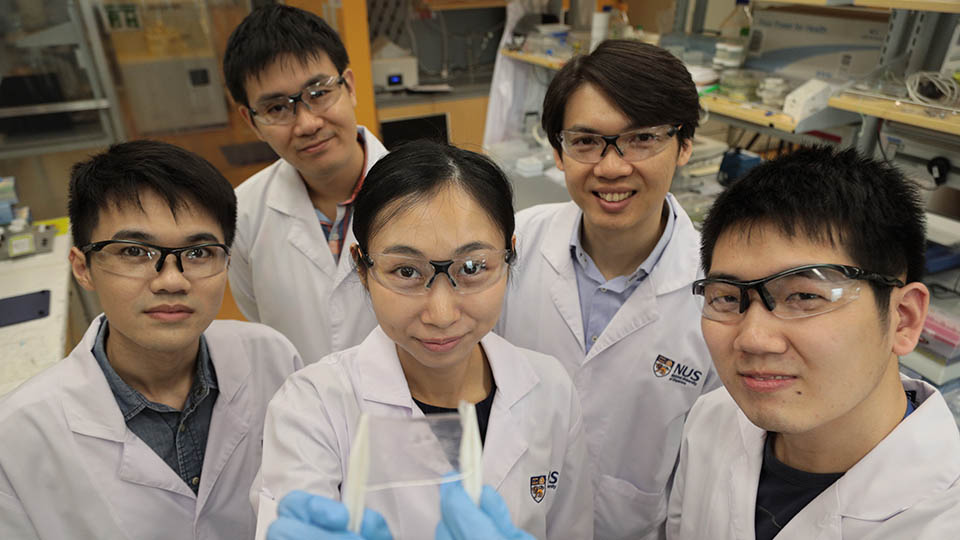Inspired by jellyfishes, scientists at the National University of Singapore (NUS) have created an electronic skin that is transparent, stretchable, touch-sensitive, and self-healing in aquatic environments.
It can be used in everything from water-resistant touchscreens to aquatic soft robots, NUS said in a press statement on Tuesday, March 19.
Led by NUS Materials Science and Engineering Assistant Professor Benjamin Tee, the team worked with collaborators from Tsinghua University and the University of California Riverside, spending just over a year to develop the material.
“One of the challenges with many self-healing materials today is that they are not transparent and they do not work efficiently when wet,” said Prof Tee. “These drawbacks make them less useful for electronic applications such as touchscreens which often need to be used in wet weather conditions.”
With this idea in mind, the team began to look at jellyfishes and explored how they could make an artificial material that could mimic the water-resistant nature of jellyfishes and yet remain touch sensitive.
The electronic skin is created by printing the novel material into electronic circuits using 3D printers. As a soft and stretchable material, its electrical properties change when touched, pressed or strained. “We can then measure this change, and convert it into readable electrical signals to create a vast array of different sensor applications,” Asst Prof Tee added.
Soft electronic aim to mimic biological tissues to make them more mechanically compliant for human-machine interactions. This novel material’s waterproof technology also enables the design of amphibious robots and water-resistant electronics.
One further advantage is its potential to reduce waste. Asst Prof Tee explained, “Millions of tonnes of electronic waste from devices like broken mobile phones, or tablets are generated globally every year. We are hoping to create a future where electronic devices made from intelligent materials can perform self-repair functions to reduce the amount of electronic waste in the world.”



